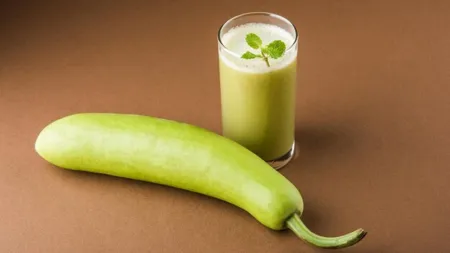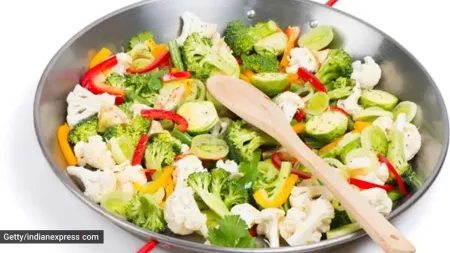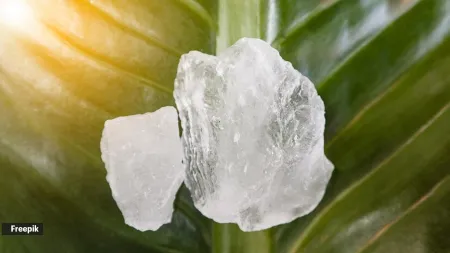Tracing the journey of Kasuri methi, a staple ingredient in many Indian dishes, from medieval Punjab to modern India
Laccha paratha. Kachori sabzi. Paneer Butter Masala. Butter Chicken. All these dishes have one thing in common, outside of our shared love for them — the sun-baked green leaves adorning their chand sa mukhda.
Kasuri methi is a staple ingredient in several Indian cuisines. Its journey from a humble plant to a culinary star is steeped in history and tradition. So, where does this piquant masala come from, and how do you map its evolution?

Originating from its namesake Kasur, a city in present-day Pakistan lying south of Lahore, celebrity chef Harpal Singh Sokhi explained that kasuri methi used to be dried during summer, traditionally, to preserve its flavour for year-round use. “Iconic recipes like Butter Chicken and Paneer Butter Masala are incomplete without its distinctive, earthy flavour. Its leaves impart a unique bitterness and sweetness, elevating the complexity of these beloved dishes.”
The unique soil and climate of Kasur were said to produce fenugreek leaves with an exceptional aroma and flavour. After drying, these leaves were then crumbled and referred to as ‘Kasuri methi,’ literally translating to ‘fenugreek from Kasur.’
Following the partition of India in 1947, the Kasur region became part of Pakistan. However, this didn’t diminish the popularity of kasuri methi in Indian food culture. According to chef and food historian Sadaf Hussain, Kasuri methi is cultivated in Rajasthan now, “due to its closeness to Kasur in terms of climate, and weather pattern.”
 Kasuri methi stands as a testament to the evolution of Indian cuisine. (Source: Wikimedia Commons)
Kasuri methi stands as a testament to the evolution of Indian cuisine. (Source: Wikimedia Commons)
Fenugreek cultivation is also thriving in other parts of Punjab, particularly Malerkotla and Rajasthan, ensuring a continued supply of this prized ingredient.
For those of us who have grown up in North India, ‘Kasturi’ methi — as it is wrongly called by many — boasts much star power, being a part of regional cuisines like Punjabi, Rajasthani and even Kashmiri, according to Hussain. A Kashmiri Wazwan starter dish, Methi Maaz is made with tender cuts of meat that are simmered in a rich sauce of fenugreek leaves and a blend of Kashmiri spices, which also includes dried Kasuri methi.
For the unversed, Kasuri methi’s flavour profile is much closer in taste to yellow methi seeds than good-old green methi leaves. The drying process concentrates the leaves’ natural bitterness, creating a slightly pungent aroma. However, upon adding Kasuri methi to hot oil or curries, the bitterness mellows, giving way to a complex interplay of flavors – nutty, savory, with a hint of musk-like sweetness.
“Toasting it on a tawa or rubbing it between one’s hands is also common to bring out its aroma,” said Hussain.
Kasuri methi stands as a testament to the evolution of Indian cuisine. Its journey, from ancient cultivation to its modern-day use, reflects the ingenuity and love for flavour that have shaped Indian food for centuries. So, the next time you savour the aroma of Kasuri methi wafting from your kitchen, remember the rich history behind this humble yet flavourful ingredient.
Disclaimer: The copyright of this article belongs to the original author. Reposting this article is solely for the purpose of information dissemination and does not constitute any investment advice. If there is any infringement, please contact us immediately. We will make corrections or deletions as necessary. Thank you.





